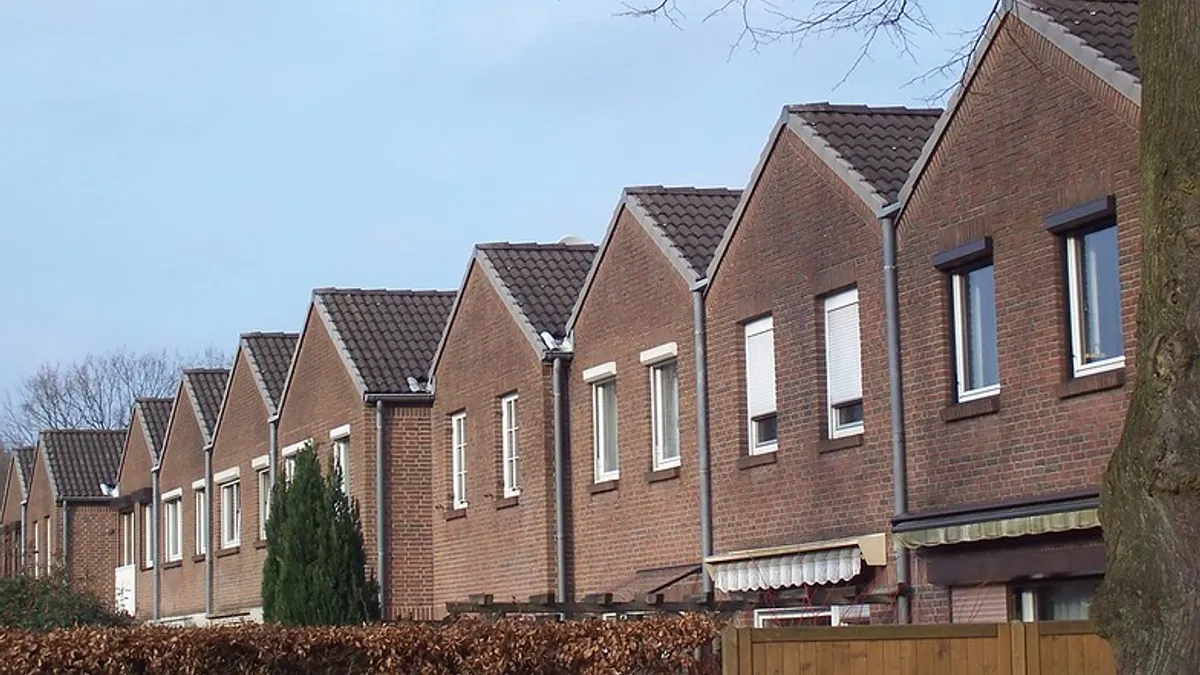Editor's Note: The following is a guest post from David Rowe, executive vice president for CAMBA/CAMBA Housing Ventures.
About six months before the coronavirus pandemic took hold in the U.S., the White House Council of Economic Advisers released a report on homelessness in America that found around 200,000 souls are sleeping on our streets, subways and parks on any given night, while another 350,000 temporarily reside in emergency shelters or transitional housing.
As the pandemic sparks social distancing mandates, a pressing question has been raised: How do you shelter in place when you do not have stable shelter?
COVID-19 has brought the U.S.'s affordable housing problem into sharper relief. Prior to COVID-19, nearly 11 million U.S. households paid more than half of their income in rent. With tens of millions of Americans facing job loss, furloughs and declining incomes today, that number will certainly increase.
Since its launch in 2005, CAMBA Housing Ventures (CHV) has completed more than 2,000 affordable housing units, representing more than $640 million in public and private investment. Before the coronavirus pandemic, CHV was on track to create or preserve 2,500 units of affordable housing by the end of 2020. I wish I could say this volume has reduced the number of homeless shelters we operate, but it hasn't. With housing costs rising faster than incomes, the country's affordable housing problem has only worsened.
Now, our ability to meet America's housing challenge has been hindered by the pandemic, as federal borrowing rates have plummeted. The Low-Income Housing Tax Credit (LIHTC) rate, which floats according to federal borrowing rates, has dropped from 3.19% in February to 3.08% in July. While that might seem like a miniscule decline, that drop actually threatens the economic viability of every affordable housing project in the pipeline.
CHV alone is carrying $1.6 million in predevelopment costs for two projects that, together, would provide nearly 380 units of affordable housing. We will need to secure millions of dollars in additional financing to complete these units — at a time when state and local governments are the slashing budgets that contribute to these developments. Given budgetary and economic uncertainty, the city and state also are not closing deals, which means much needed affordable and supportive housing is delayed coming online.
Our costs will continue to rise, and exacerbating this problem are other barriers including construction moratoriums and broken supply chains. To ensure affordable housing projects remain financially viable, Congress must enact a minimum 4% LIHTC rate for buildings placed in service after January 20, 2020 (which represents the Federal Emergency Management Agency's COVID-19 "incident period" for states). Fixing the credit rate at 4% would bolster deals that affordable housing developers have in the pipeline and help them remain viable.
Data from Novogradac indicates 126,000 more affordable homes could be built from 2020 to 2029 with a 4% floor. This policy also would support thousands of new construction-related jobs. According to the National Association of Home Builders, LIHTC creates approximately 95,000 new full-time jobs, adds $7.1 billion in income to the economy and generates approximately $2.8 billion in federal, state and local taxes annually.
More importantly, these developments would give families, the elderly and individuals struggling with mental illness permanent housing in the pandemic.
Enacting a 4% floor has the broad bipartisan support of more than half of the U.S. House and nearly half of the U.S. Senate, as proposed in the Affordable Housing Credit Improvement Act. On June 25, U.S. Finance Committee Ranking Member Ron Wyden, D-OR, and Sen. Maria Cantwell, D-WA, introduced legislation would create a permanent 4% rate, increase the Housing Credit allocation and lower the "50% test" for bond-financing.
Federal lawmakers should include this legislation in their next pandemic response bill.
There would be precedent for that action. As the Urban Institute explains, Congress responded to the Great Recession by implementing two programs to offset declining affordable housing investments: the Tax Credit Exchange Program (which financed nearly 1,000 active LIHTC properties and 74,000 low-income units), and the Tax Credit Assistance Program (which financed nearly 900 active LIHTC properties and 62,000 units between 2010 and 2015).
"Given the extent of the downturn, it is reasonable to assume that LIHTC production and preservation numbers would have been worse without these programs," Urban Institute researchers wrote.
Now, more than ever, housing is healthcare. It's time for Congress to act.










